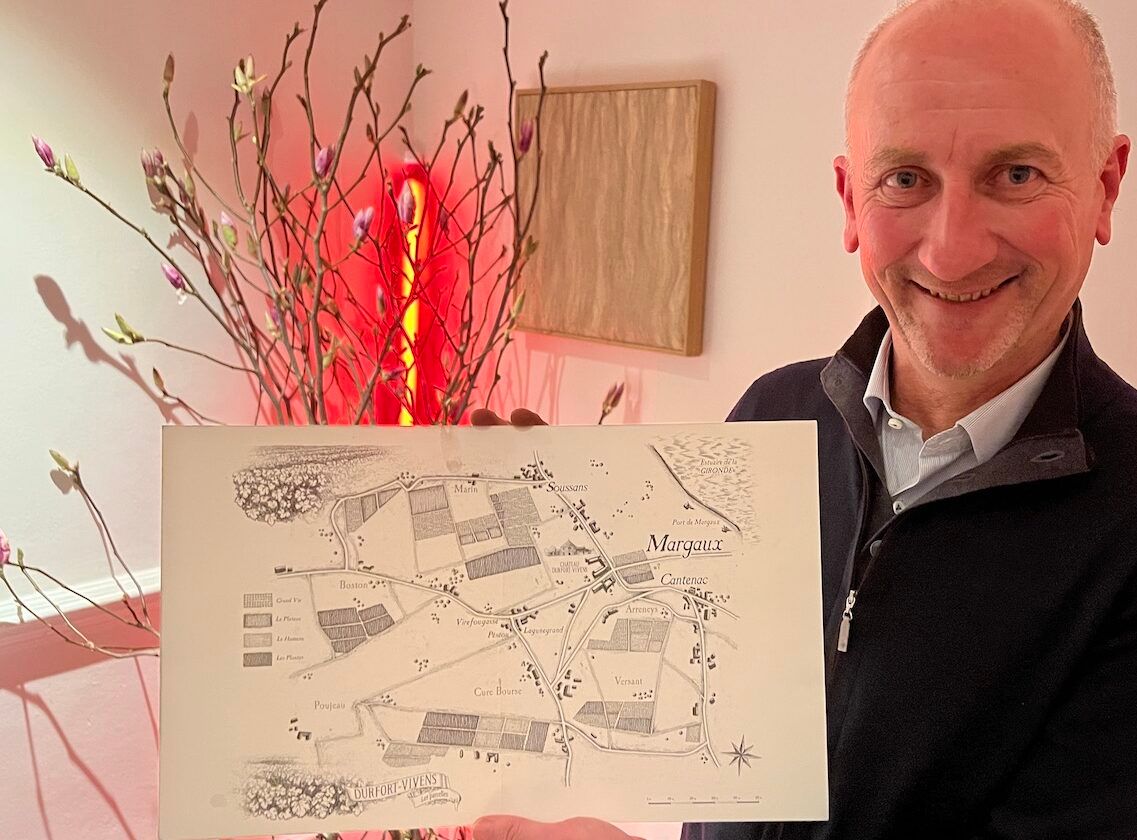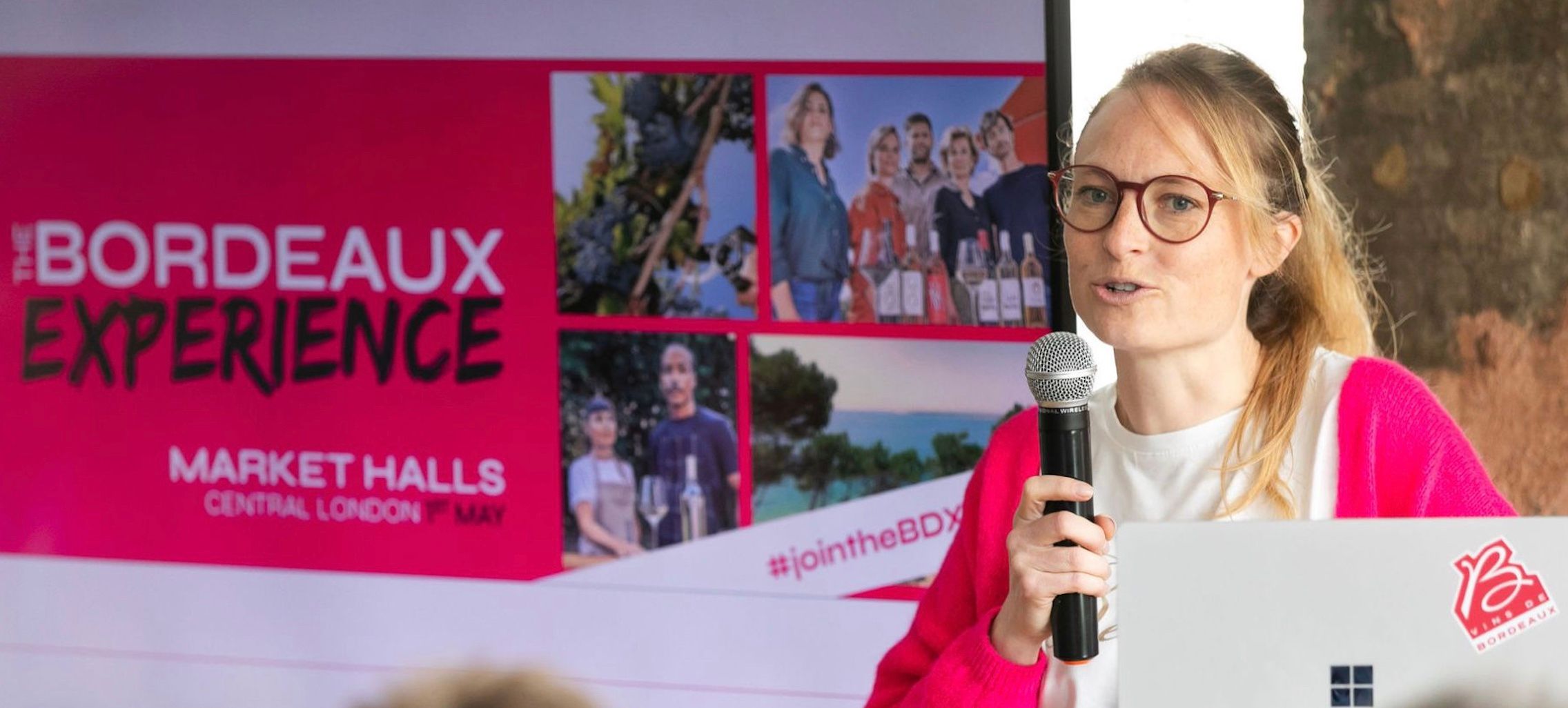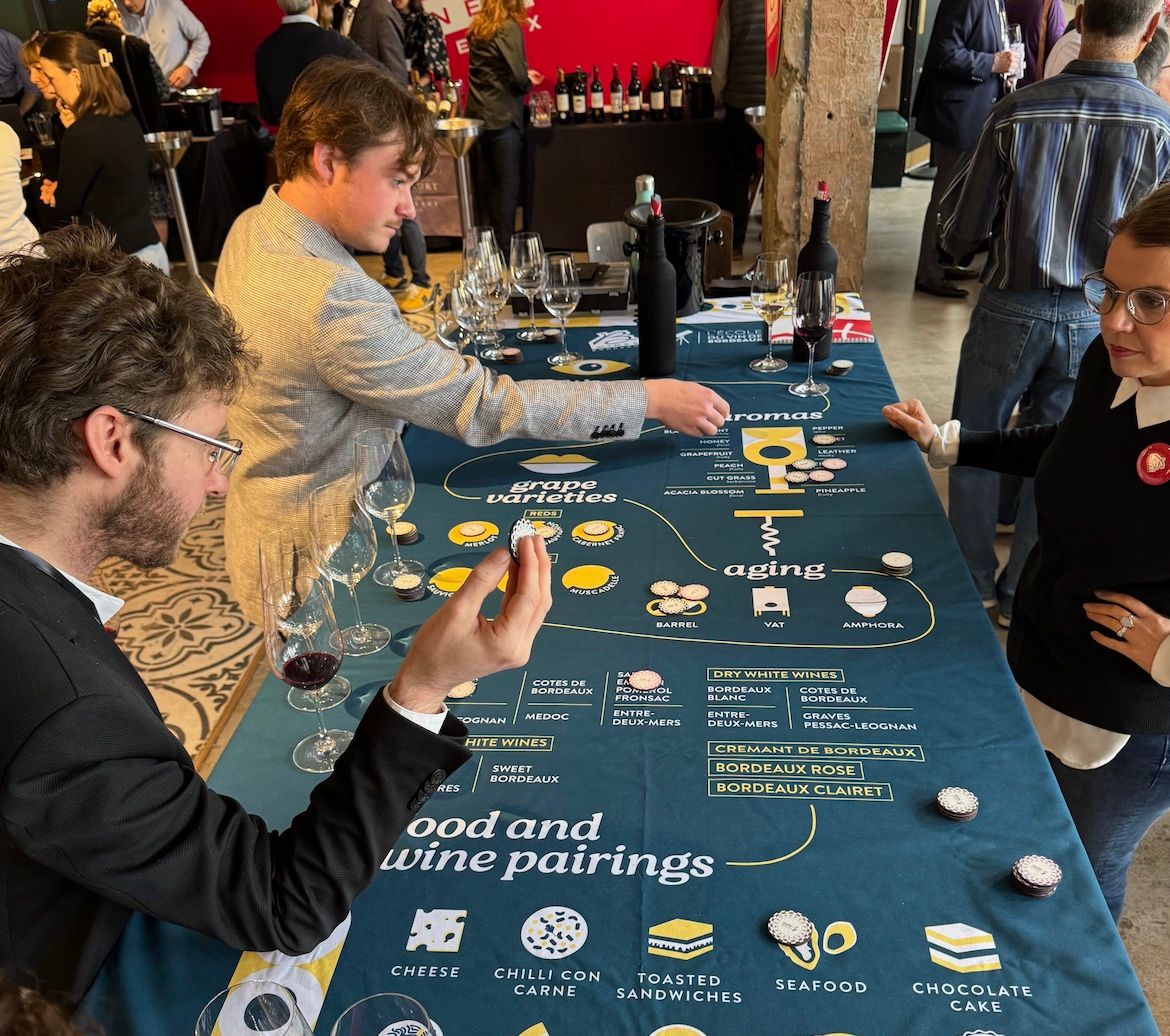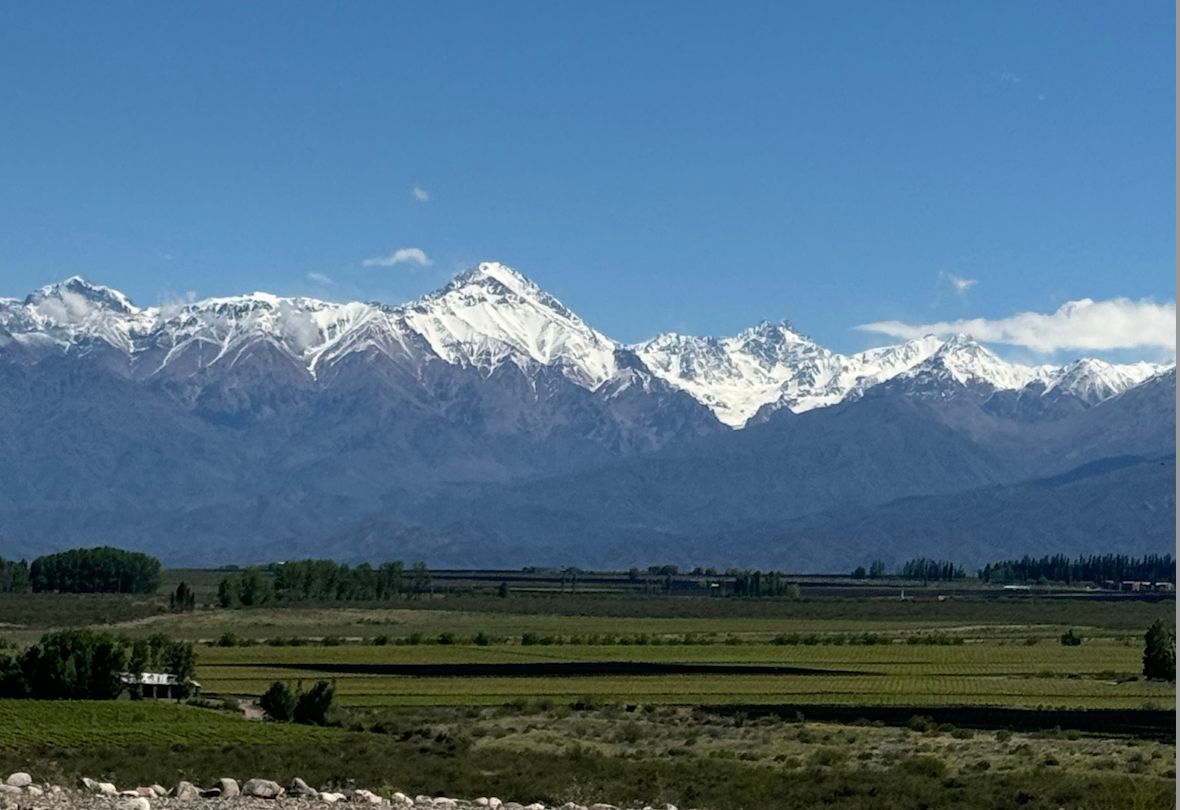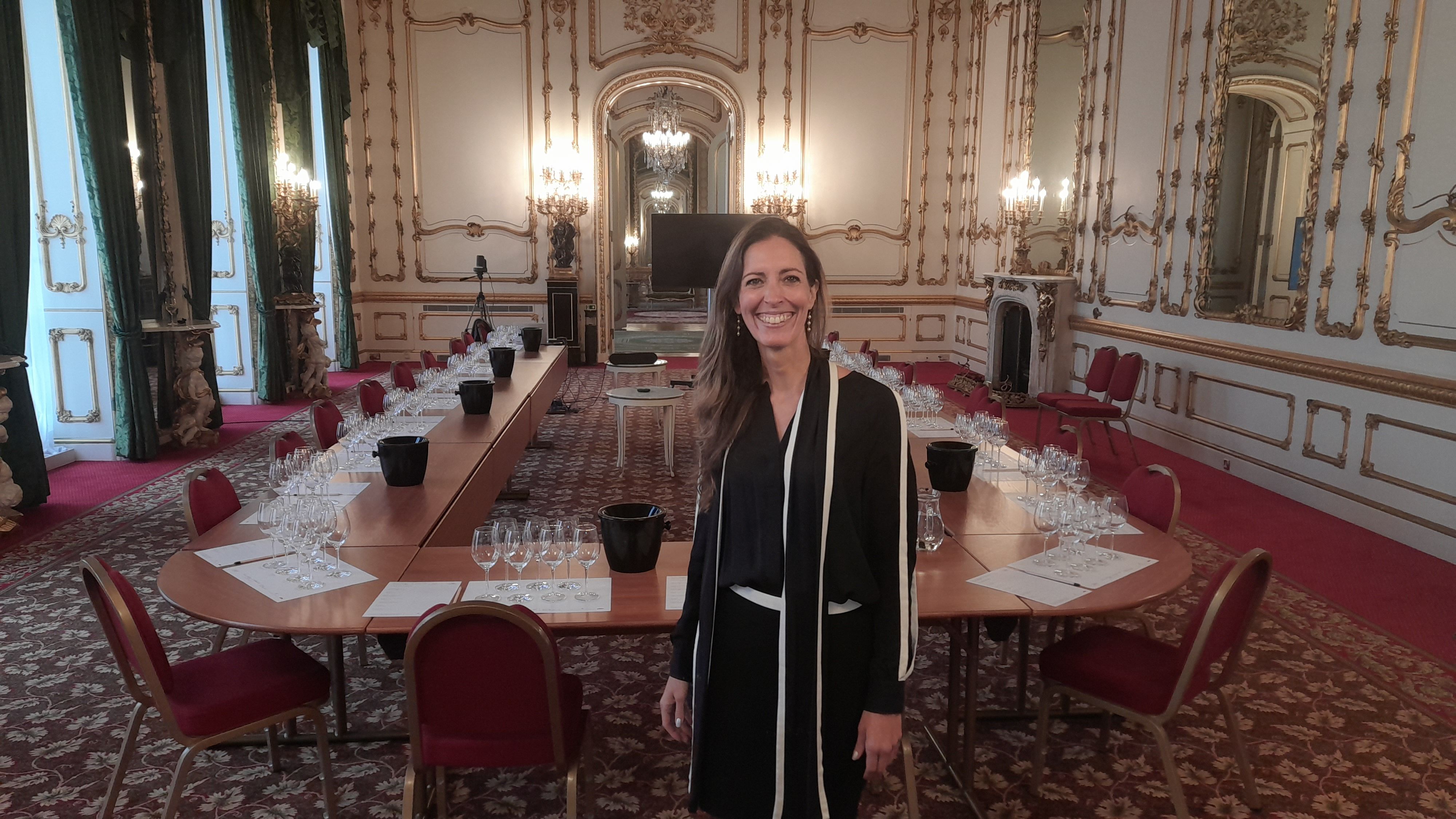“People talk about a Bordeaux wine being closed down, but that’s because we close them down,” says Gonzague Lurton, owner of Château Durfort-Vivens.
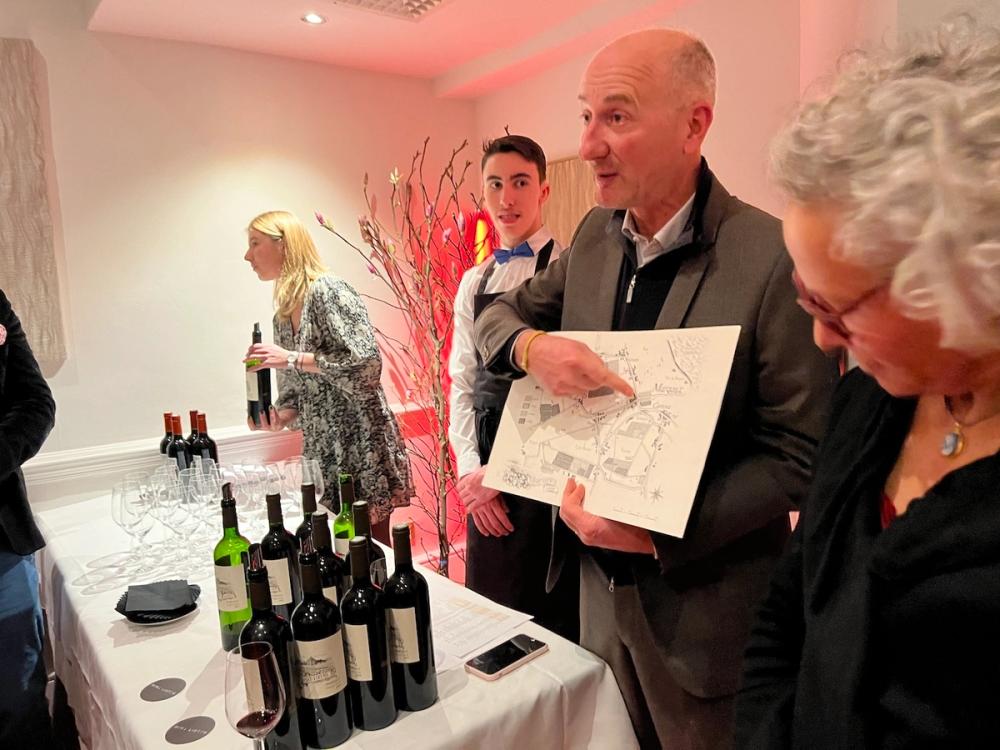
Gonzague and Claire Lurton at Gauthier, London, March 2, 2023
Bordeaux, like most wine regions, has a series of issues that it needs to keep abreast of in order to stay relevant in the future. Bordeaux needs to sell its whites better to the wider world, to rely less on stickies, to look at its mix of grapes and which produces the best freshness in the wines, to attract a younger demographic and to be less… predictable, some may say boring.
It is hard for young wine drinkers to understand the appeal of Bordeaux – if it stays at high price points, shows young oak and needs to age for a decade or more. It’s also the wine your parents drink.
Which all makes what Gonzague Lurtons its doing at 2nd growth Château Durfort-Vivens all the more fascinating. They have now ditched the ‘second wine’ of the estate and, instead, are producing three ‘parcelles’ wines that are part-aged in amphora and can all be drunk on release. Ex-negoce price, the three wines cost €14-16 a bottle which brings them into a far more affordable price bracket.

When one becomes three: the ‘second wine’ has been discontinued and is now Les Parcelles de Durfort-Vivens
Holding a map of the Margaux-based estate, Gonzague Lurton explains how the three vineyards which produced the second wine all had distinctly different profiles based upon their mix of soils – not as black and white as either on gravel, sand or clay soils, but a subtly different mix of all three.
“These plots always had a distinctly different profile, every year, and so we decided not to blend them but to retain their distinct identity.”
Never one to stick by the rules, this decision is the latest in a long line of moves to question the status quo in Bordeaux. In 2009 Gonzague decided to convert to biodynamic viticulture producing in 2016 the first Margaux Grand Cru Classé to be certified as both organic and biodynamic. Together with his technical director, Leopold Valentin, Gonzague has also embraced terracotta amphora with a passion, claiming now to have the world’s largest amphora cellar in the world (by storage volume).
The three parcelles wines – Les Plantes, Le Hameau and Le Plateau – are all aged for 16 months in a mix of formats, Les Plantes which is made from young vines is aged in four-fifths clay jars and one-fifth oak barrels bringing out the freshness of the plot; Le Hameau and Le Plateau which have more power and elegance respectively are aged in two-thirds clay amphorae and one-third oak barrels.
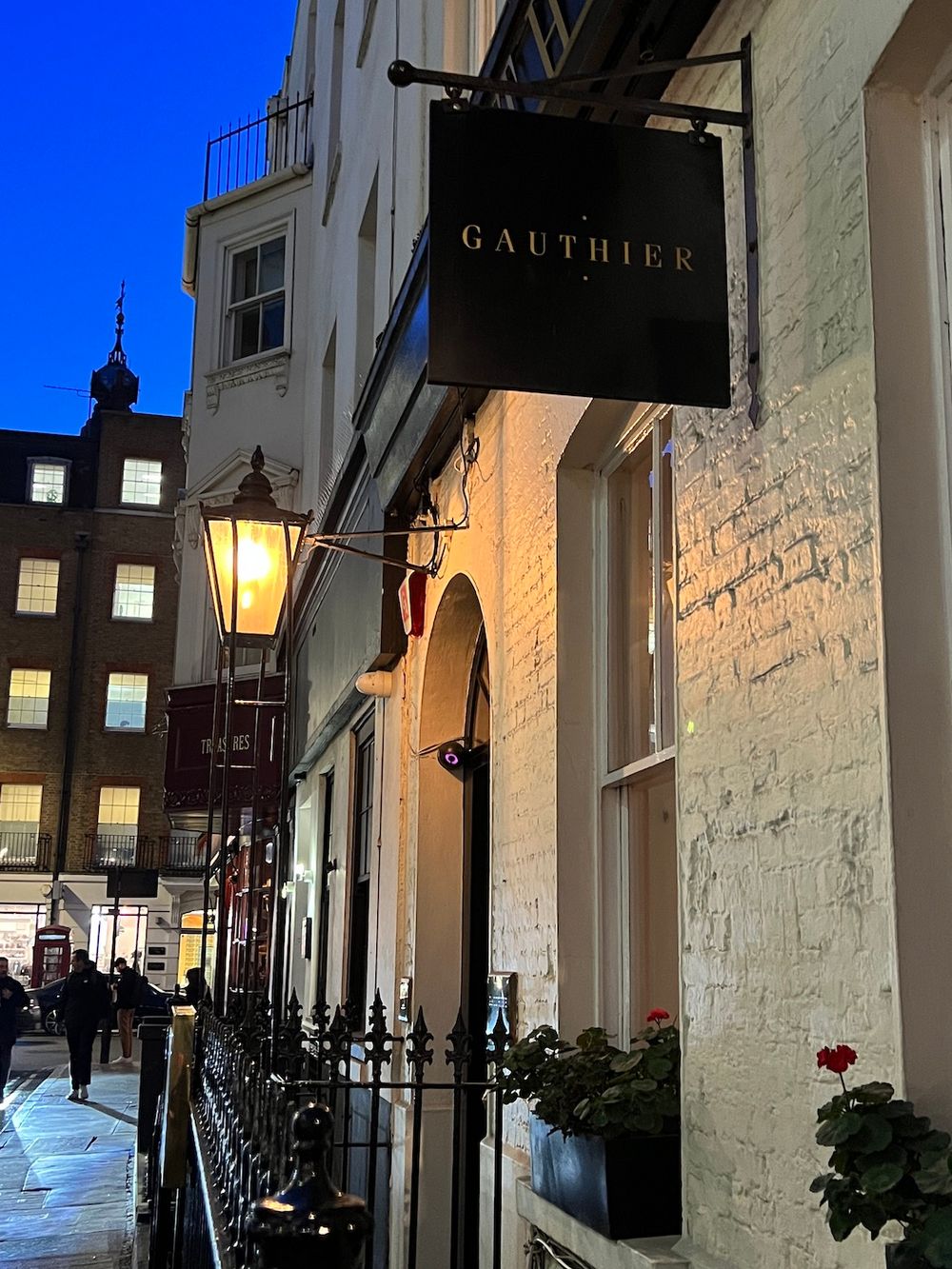
Gauthier, the townhouse restaurant in London’s Soho, which is now 100% vegan
We tasted all three reds as aperitifs before a dinner at Michelin-star Soho restaurant Gauthier which famously reopened as a 100% vegan restaurant two years ago. Bordeaux reds as aperitifs? Brave but they all worked and were quite frankly delicious, an opinion shared by a range of top wine buyers and critics invited to this magnificent event.
All three wines are Cabernet Sauvignon dominant (88%, 53% and 65% respectively with the rest made up of Merlot, excepting Les Plantes which also has 2% of Cabernet Franc) and are fruit-driven – the only tannins coming from the grapes themselves.
“People talk about a Bordeaux wine being closed down,” says Gonzague, “but that’s because we close them down,” explaining that the new approach at Durfort-Vivens is all about keeping the wines alive, fresh and expressive of their specific terroirs.
The addition of Les Parcelles de Durfort-Vivens to the estate’s portfolio means that there are now six wines being produced here – the Grand Vin, the three Parcelles, a natural wine called La Nature and another bold experiment a Blanc de Noir made from Cabernet Franc and Muscadelle.
Gonzague explains that he was always in admiration of the terroirs here from when neighbours Châteaux Margaux bought the property in 1937 and used the fruit for their Grand Vin, to when his father Lucien bought the property in 1961 and when he inherited it in 1992.
Given the unpredictable climate of the region, going fully biodynamic is not without its difficulties of course – in 2018 he lost 80% of his entire crop to mildew – but, with the addition of the three estates inherited by his wife Claire Villars-Lurton, Chateaux Ferriere, Haut-Bages Liberal and La Gurgue, the G&C Lurton estates group accounts for the largest collective area of biodynamically-cultivated vineyards in Bordeaux. The two also run La Belle Vigne, an agroecology consultancy that helps fellow producers convert to organic and biodynamic agriculture.
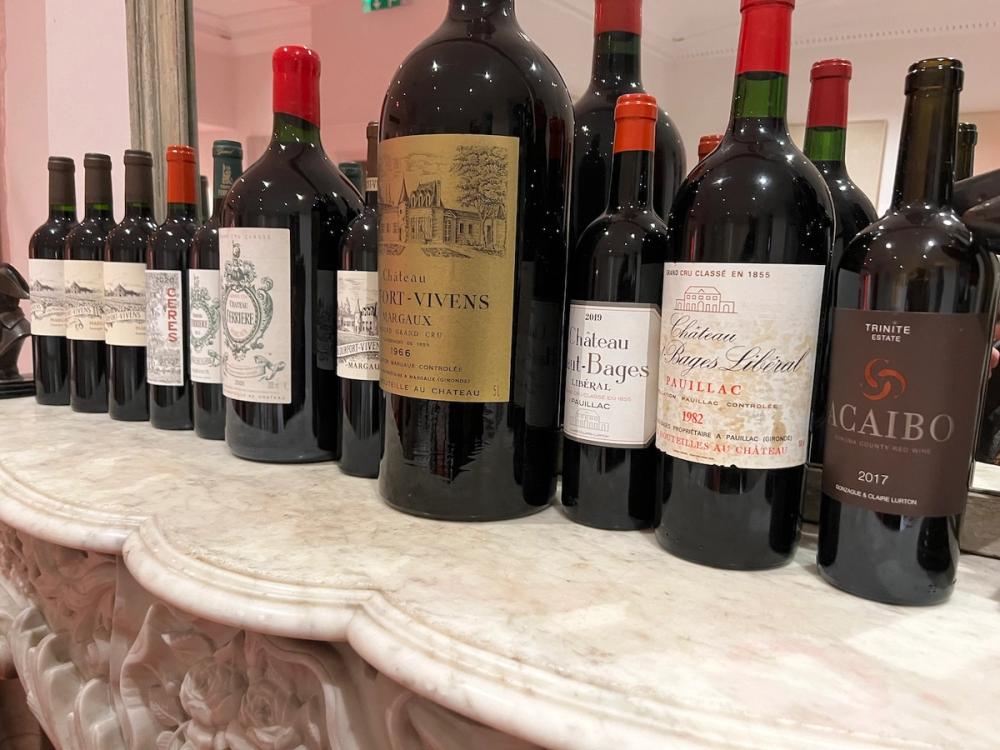
The dinner involved a range of wines from across the joint portfolio including a jeroboam of 1966 Durfort-Vivens
G&C Lurton also runs Acaibo, a 10 hectare estate on Chalk Hill in California’s Sonoma County, attracted as they were to the idea of producing wines that excited them like Diamond Creek and Mayacamas.
Holding his thumb and forefinger a centimetre apart Gonzague says. “California has this much history but says this much,” holding his arms wide apart. “But in Bordeaux we have this much,” keeping his arms wide, “and have this much to say,” showing a small space between thumb and forefinger again.
With exciting projects like Les Parcelles de Durfort-Vivens and other wines that G&C Lurton are producing, one feels that that ratio will change as they continue to help Bordeaux revolutionise its modus operandi.
